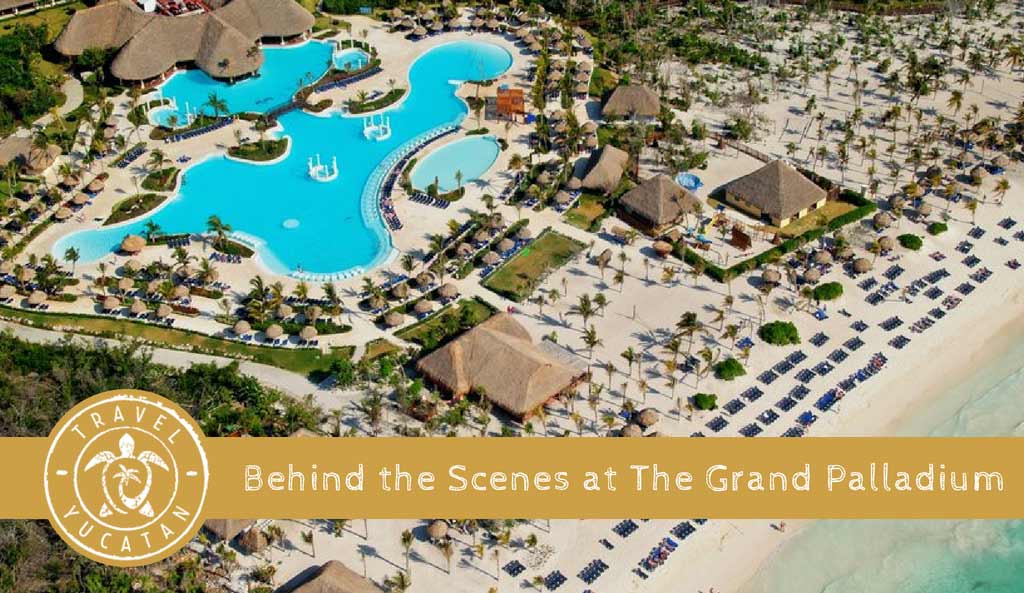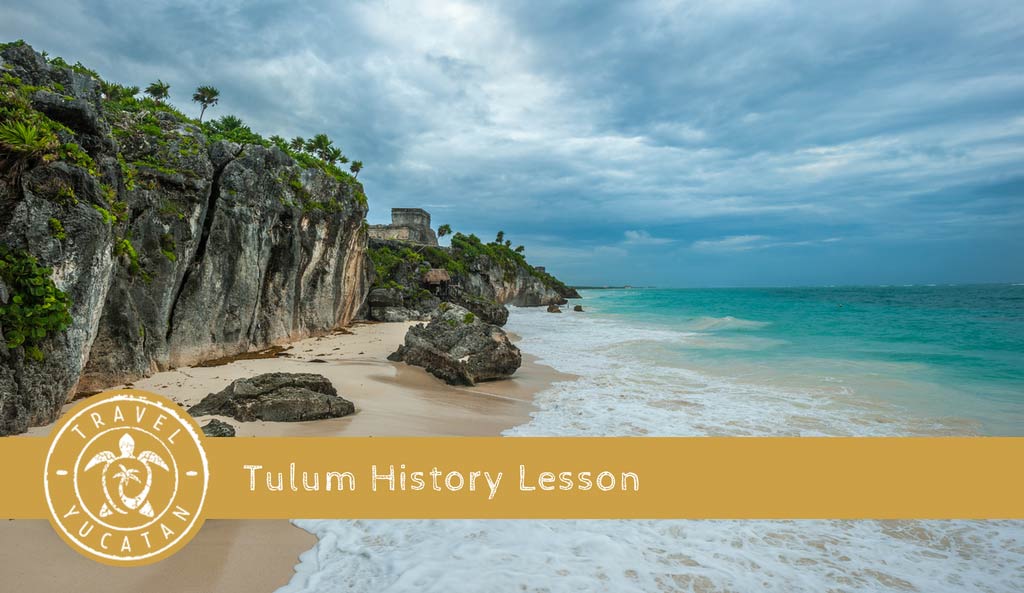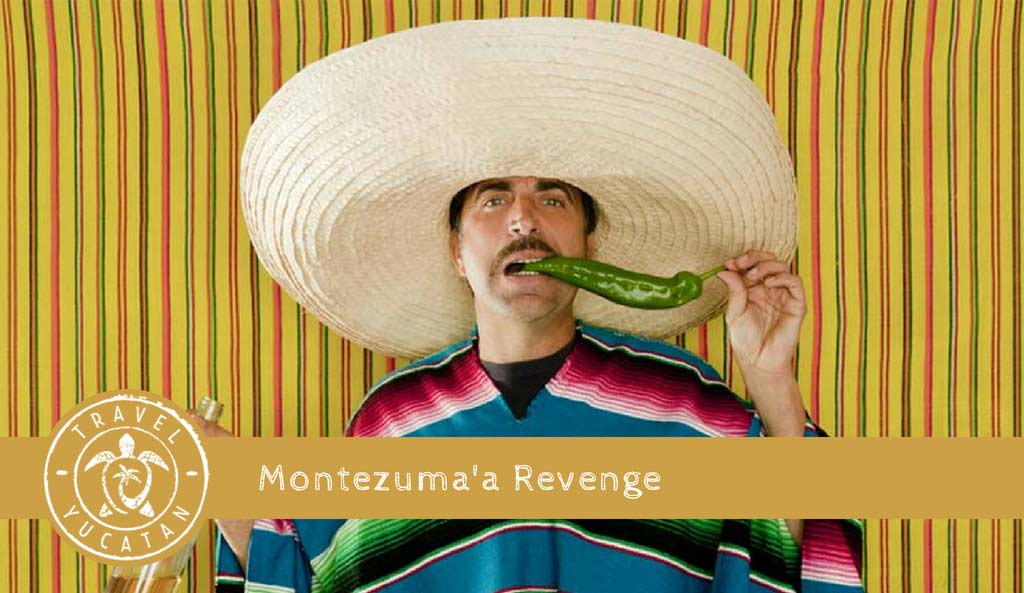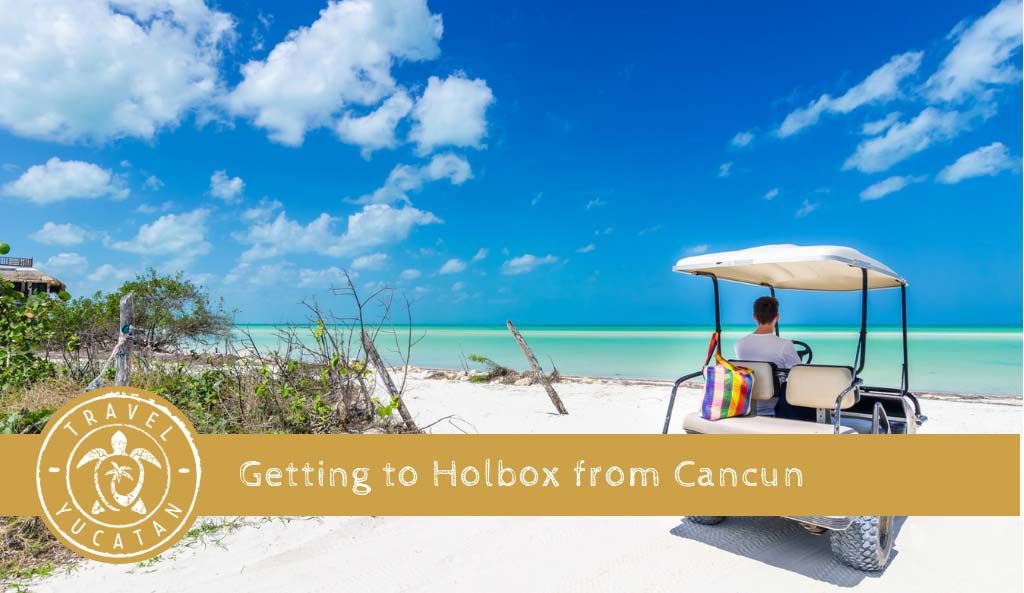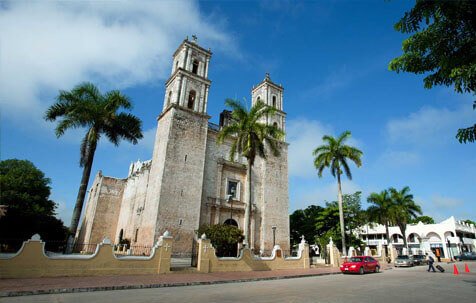BIRDS
White Ibis: Large white wading birds with thin, downward-curved bill. Grows to 2 feet. You will find them in rivers, lakes, ponds, swamps and marshes.
Jabiru Stork: A large white wading bird with black head and huge black bill with a red ring at the bottom of its neck. These are rare, but they are occasionally seen in Sian Ka’an.

American Flamingo: Large pink wading bird with a long, supple neck and spindly pink legs. They inhabit coastal lagoons and brackish estuaries. They are occasionally seen in Sian Ka’an and are very plentiful around Celestun.
Great Curassow: A very large chicken-like bird with conspicuous curly head crest and long tail. The male is black with a white belly and a yellow knob on his bill; the female is mostly reddish brown. They grow to 3 feet and are found on the ground in the forest.
Ocellated Turkey: Large, metallic blue-green chicken-like bird with blue head with reddish bumps. They grow to 3 feet and are found at the edge of forests in open fields.
Yucatan Parrot: A mid-sized green parrot with a small yellow patch behind its bill and a red eye-ring. They are found in low-elevation forests in trees and flying overhead.
Blue-Crowned Mot-Mot: A large green bird with red eyes and a black facial mask with blue edging. Their tail can be up to a foot long. You will find them in the forest interior.
Keel-billed Toucan: A large, mostly black bird with a yellow face and chest with an amazing rainbow-coloured keel shaped bill. They are found in the tree canopy at the forest edge.
MAMMALS
 Yucatan Black Howler Monkey: These are large long-haired, all-black moneys with long tails. They are known for their throaty roar. You will find them high in the trees in wet or dry forests.
Yucatan Black Howler Monkey: These are large long-haired, all-black moneys with long tails. They are known for their throaty roar. You will find them high in the trees in wet or dry forests.
Central American Spider Money: This is a large monkey, usually with a brown or reddish-brown body and lighter coloured belly. They have a wiry body with a long tail. They are found in the trees in wet or dry forests.
White-Nosed Coati-Mundi: This is a large dark or reddish brown raccoon-like mammal with a long white snout and a very long, faintly-ringed tail. In Mayan folklore, the coatis was known as the clown or jester. They are found region-wide on the ground and in trees.
White-Tailed Deer: These are mid-sized, grayish-brown and have a white belly, white undertail and often white chin/throat. The males have antlers. They are usually around 3 feet at the shoulder. You will see them at forest edges and open fields and pastures.
Brocket Deer: This is a small reddish-brown deer with darker neck, head and belly. The male has small, straight antlers. They grow to 28 inches at the shoulder. They inhabit forest edges and open areas.
Central American Tapir: This is a large mammal with brownish, black or grayish short, often sparse hair. It has a horse-like head with large over-hanging upper lip. They grow to 6 feet long and more than 400 pounds. They are found in wet and swampy areas.
Collared Peccary: This is a grayish or blackish pig-like mammal with long, course hair and a yellowish “collar” around its shoulders. They grow to 3 feet and are found in wet and dry forests.
 Jaguar: This is the largest cat of the Americas, growing to 6 feet plus their tail. Their body is yellow with distinctive black ring-shaped spots. It has a very large muscular head. The jaguar is seldom seen in the wild as they are extremely cunning but they do inhabit all forests, nationwide.
Jaguar: This is the largest cat of the Americas, growing to 6 feet plus their tail. Their body is yellow with distinctive black ring-shaped spots. It has a very large muscular head. The jaguar is seldom seen in the wild as they are extremely cunning but they do inhabit all forests, nationwide.
NOTE: the jaguar, ocelot, margay, puma and jaguarundi are all found in the forests of Quintana Roo but are seldom encountered, especially during daylight hours.
West Indian Manatee: This is a very large hairless, gray aquatic mammal. They have paddle-like front limbs and a large paddle-like tail. They can grow to 14 feet in length. You will have the best chance of seeing these rarely seen mammals in the lagoons of Sian Ka’an.
REPTILES
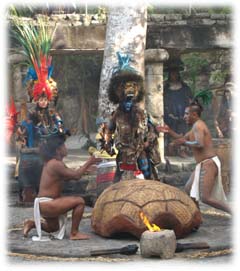 American Crocodile: A large grayish, brown, or olive crocodile. They are characterized by their narrow snout with an overbite. They have been found to be up to 13 feet long, but this is rare.
American Crocodile: A large grayish, brown, or olive crocodile. They are characterized by their narrow snout with an overbite. They have been found to be up to 13 feet long, but this is rare.
Morelet’s Crocodile: This crocodile is smaller, up to 8 feet, different from the American crocodile because its snout is broader.
Green Sea Turtle: This turtle is medium to large with a dark brown, gray-greenish heart shaped back. It lays its eggs on the beach.
Hawksbill Sea Turtle: This is a small to mid-sized sea turtle with a dark-greenish shield-shaped carapace. Its tapered hooked “beak” gives it its name. They lay their eggs on the beach.
Spiny-Tailed Iguana: This is the typical species of the region. It is a large lizard with a tan, olive brown or grayish body with darker cross-bands on its body and tail. They can grow up to 4 feet including their tail. You will often encounter them at archeological sites on rocks and in trees.
AMPHIBIANS
Red-Eyed Tree Frog: This frog is green with a yellow-spotted underside and large ruby-red eyes. You will find them in trees or pools in low-elevation wet forests.

